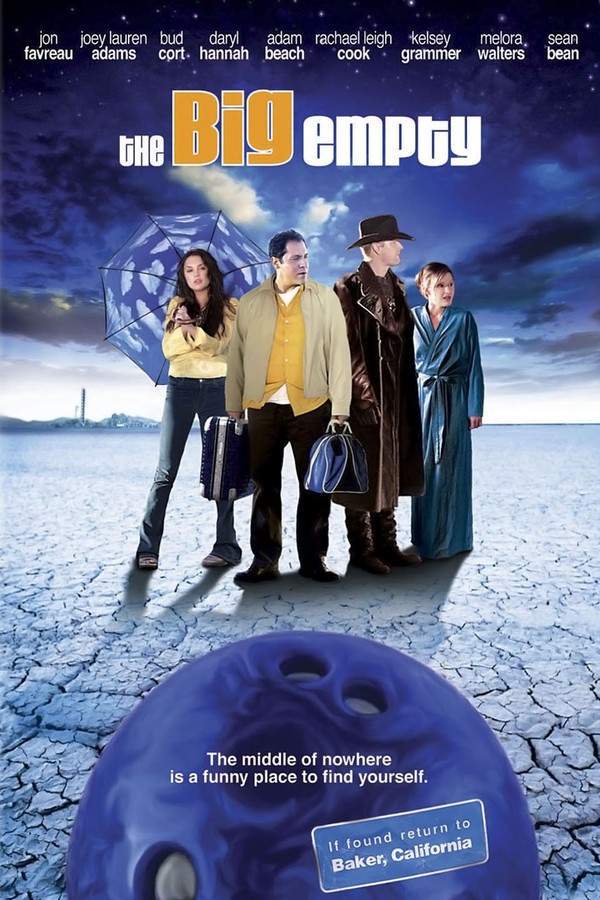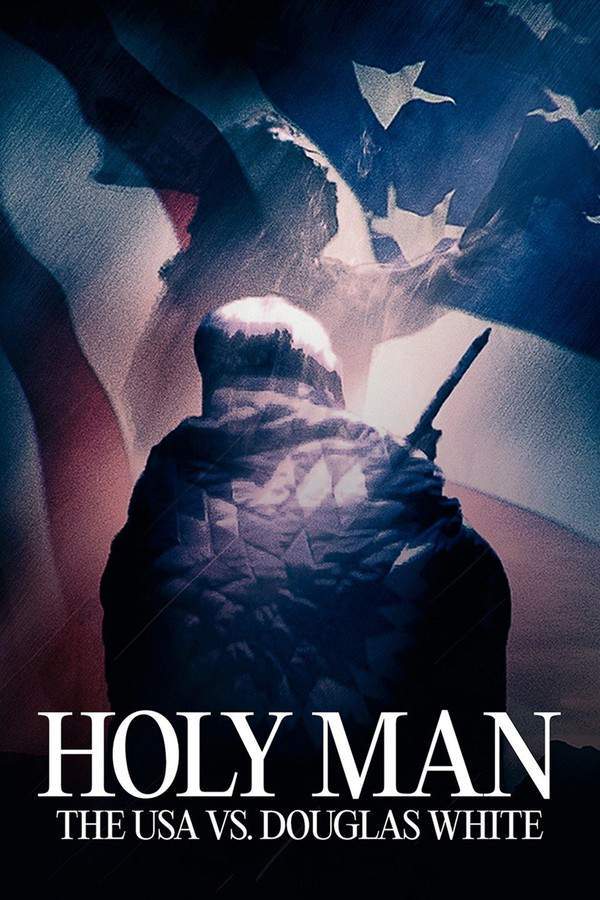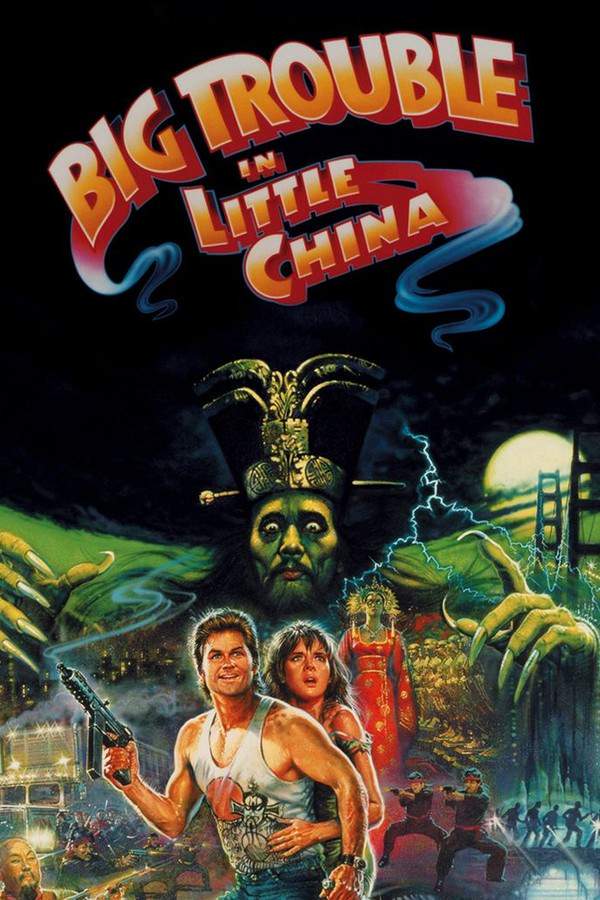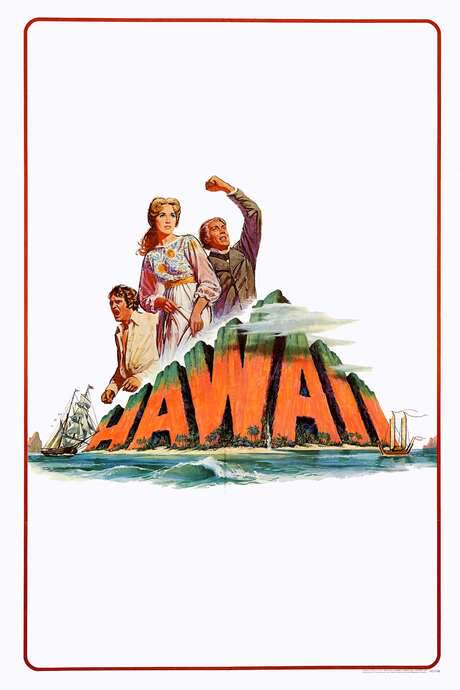
The Big Kahuna
Year: 1999
Runtime: 90 mins
Language: English
Director: John Swanbeck
Budget: $7M
Three industrial‑lubricant salesmen sit in their company’s hospitality suite at a manufacturers’ convention, anxiously awaiting the arrival of the influential “big kahuna,” Dick Fuller. They hope to convince him to place a pivotal order that could rescue the firm’s faltering sales.
Warning: spoilers below!
Haven’t seen The Big Kahuna yet? This summary contains major spoilers. Bookmark the page, watch the movie, and come back for the full breakdown. If you're ready, scroll on and relive the story!
The Big Kahuna (1999) – Full Plot Summary & Ending Explained
Read the complete plot breakdown of The Big Kahuna (1999), including all key story events, major twists, and the ending explained in detail. Discover what really happened—and what it all means.
Larry Mann and Phil Cooper are two seasoned marketing representatives for an industrial lubricants company, heading to a trade convention in the Midwestern city of Wichita, Kansas. They bring along a younger colleague, Bob Walker, a diligent researcher from their department who isn’t quite as worn by the industry’s grind as they are. The trio arrives at the hotel and settles into a hospitality suite, where long years of friendship and shared stories color every exchange. Larry carries the weight of looming financial pressure, a pressure he keeps veiled in casual remarks, while Phil has recently navigated a difficult period in his own life through an alcoholism recovery. Bob, by contrast, speaks with a calm conviction and a sense of purpose grounded in his Baptist faith and his straightforward, earnest outlook.
The central mission they’ve built their evening around is clear but ambitious: to secure a pivotal meeting with Dick Fuller, the CEO of a large corporation who people in their circle refer to as the Big Kahuna. The phrase hints at a coveted prize in the business world, and the men gear up to present their pitch with a blend of grit, humor, and hard-won know-how. As they wait for the downstairs convention buzz to wind down, they lean on each other to develop a sense of character—what to share, what to reveal, and what to listen for—in a setting that until now has rewarded slickness more than honesty. They even assign Bob the task of being the evening’s bartender, a practical exercise in reading rooms and steering conversations. The hotel setting becomes a stage where their past camaraderie, their individual frailties, and their professional ambitions all intersect in real time.
Bob spends the evening stepping into the role of host, moving through a hotel crowd with a polite, unassuming ease. The odds of a straightforward sales pitch begin to look remote, as the conversations drift toward people’s lives, beliefs, and curiosities rather than the company’s lubricants. The more Bob chats, the more he encounters opportunities to relate on a human level rather than to brand a product. He even ends up invited by a guest—an invitation tied to the private party at another hotel—that pulls him deeper into the social fabric of the convention. The Big Kahuna, an emblem of corporate power in this world, appears in the mix as a figure people try to reach and impress, a symbol of the threshold Bob is trying to cross.
Meanwhile, Larry and Phil watch Bob’s approach with a mix of nerves and reluctant admiration. They coach him on how to deliver a pitch that can land a meeting with Fuller, translating complex technical benefits into digestible, human terms. They emphasize the art of listening, the value of making genuine connections, and the importance of trust between people as the true currency of business. Bob, however, returns from his rounds with a startling development: he didn’t lean into the lubricant story at all. Instead, he spent his time talking about religion, faith, and the larger questions of meaning. The moment lands with a shocking impact on Larry, who is blindsided by this turn of events and feels his own sense of purpose tested.
The spark of tension between Bob’s religious focus and the trio’s sales mission leads to a charged confrontation. Larry challenges Bob, and the room fills with a quiet, unsettled tension as the truth of Bob’s choice sinks in. In response, Phil steps in with a grounded, pragmatic perspective that reframes the conflict not as a failure of Bob, but as a lesson about honesty and connection. He explains that proselytizing is, in a sense, another form of selling—one that hinges on trust and on the ability to see the other person as a fellow human being rather than a potential customer. Phil’s insight points to a deeper truth about their work: genuine human-to-human contact requires openness, a willingness to listen, and a real interest in the other person’s life and beliefs.
Phil goes further to articulate why the three of them have stayed friends for so long. The bedrock of their relationship is trust, a trust that allows them to share vulnerabilities, admit mistakes, and grow through them. He tells Bob that meaningful character development will only come when he can recognize what he ought to regret and allow that recognition to guide his future choices. The conversation, frank and sometimes difficult, reframes the evening from a simple sales exercise into a meditation on character, responsibility, and the ways people change when they choose to be more honest with themselves and with others.
The next morning, as they prepare to part ways, Phil packs up his things and Larry checks out. In the lobby, they glimpse Bob again, still engaged with the Big Kahuna, exchanging a knowing smile as it becomes clear that Bob is continuing to pursue his own path—one that foregrounds conviction and a different form of communication. The moment feels like a quiet acknowledgment of growth, even if the outcome of the meeting with Fuller remains uncertain. The film closes on an evocative note, with the credits accompanied by a rendition of the timeless civic essay set to music: Everybody’s Free (to Wear Sunscreen), a reflective piece attributed to Mary Schmich that underscores the film’s themes of life, choices, and the delicate art of navigating human connections.
Notes:
- The cast references used in this summary include linked at first mention to the respective actor pages: Larry Mann, Phil Cooper, Bob Walker, Ron Komora, and Paul Dawson where applicable.
Last Updated: October 07, 2025 at 09:59
Unlock the Full Story of The Big Kahuna
Don't stop at just watching — explore The Big Kahuna in full detail. From the complete plot summary and scene-by-scene timeline to character breakdowns, thematic analysis, and a deep dive into the ending — every page helps you truly understand what The Big Kahuna is all about. Plus, discover what's next after the movie.
The Big Kahuna Timeline
Track the full timeline of The Big Kahuna with every major event arranged chronologically. Perfect for decoding non-linear storytelling, flashbacks, or parallel narratives with a clear scene-by-scene breakdown.

Characters, Settings & Themes in The Big Kahuna
Discover the characters, locations, and core themes that shape The Big Kahuna. Get insights into symbolic elements, setting significance, and deeper narrative meaning — ideal for thematic analysis and movie breakdowns.

Similar Movies to The Big Kahuna
Discover movies like The Big Kahuna that share similar genres, themes, and storytelling elements. Whether you’re drawn to the atmosphere, character arcs, or plot structure, these curated recommendations will help you explore more films you’ll love.
Explore More About Movie The Big Kahuna
The Big Kahuna (1999) Scene-by-Scene Movie Timeline
The Big Kahuna (1999) Movie Characters, Themes & Settings
The Big Kahuna (1999) Spoiler-Free Summary & Key Flow
Movies Like The Big Kahuna – Similar Titles You’ll Enjoy
The Big Kahuna (2000) Film Overview & Timeline
The Big Empty (2003) Detailed Story Recap
The Big Picture (1989) Spoiler-Packed Plot Recap
Holy Man (1998) Ending Explained & Film Insights
Faith Based (2020) Story Summary & Characters
Big Trouble (1986) Complete Plot Breakdown
The Favour, the Watch and the Very Big Fish (1991) Movie Recap & Themes
The Big Day (1960) Full Summary & Key Details
Be Big! (1931) Ending Explained & Film Insights
The Big Bus (1976) Complete Plot Breakdown
The Big Squeeze (1996) Story Summary & Characters
The Big Fix (1978) Story Summary & Characters
Hawaii (1966) Story Summary & Characters
The Big Gay Musical (2009) Spoiler-Packed Plot Recap
The King of Marvin Gardens (1972) Full Movie Breakdown

















